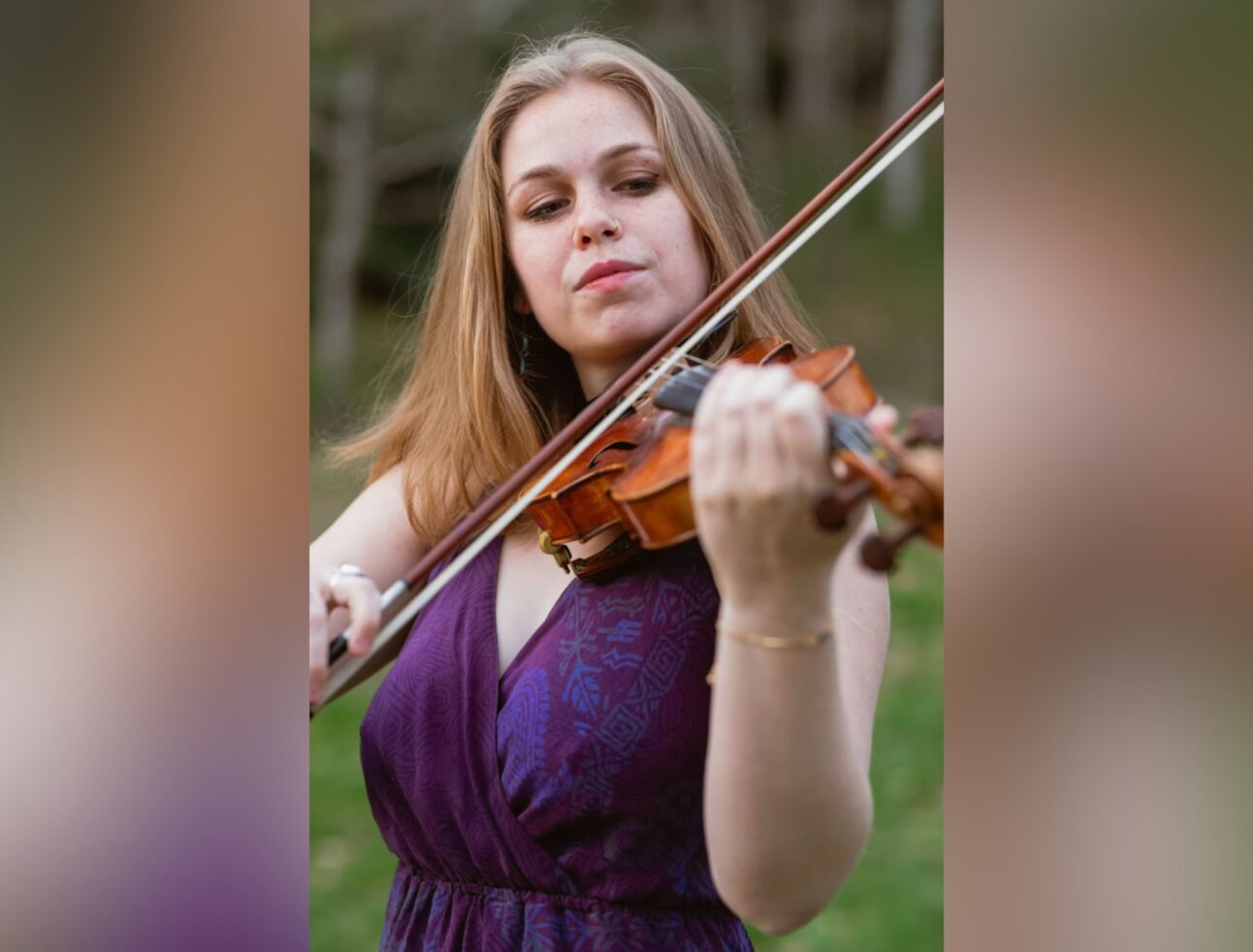
The Liberal Arts Department at New England Conservatory offers a complement to students’ musical training. Through courses in literature, history, film and philosophy, musicians gain a better understanding of the cultural, social and political contexts of the works they perform.
Katya Popova teaches Visual Arts Studio, Interarts, Three-Dimensional Design, and Fundamentals of Graphic Design. She is also a multidisciplinary artist working at the intersection of physical texture, shadow, and sound. Popova has worked as a graphic designer and illustrator, has a background in physical theater and puppetry, and often collaborates with sound artists.
Here, she talks about why the visual arts are important for today’s musicians, and how she hopes to inspire students’ artistic practices.
The photos displayed below were captured during Katya’s summer 2023 Visual Arts studio.
What visual arts courses are available at NEC?
Visual Arts Studio is a combination of freehand drawing and watercolor painting, and we do some printmaking. Interarts is mostly a performance art class where we are taking some video art, some installation, and weaving it into performance.
In Three-Dimensional Design, we work with 3D objects, but it might grow into a performance or into a more abstract installation combining video and sculpture. And my newest course, Fundamentals of Graphic Design, teaches students to create their own posters and communicate graphically.

What brought you to NEC?
It’s really enjoyable for me to teach visual art, which is my main occupation and interest, to musicians. But the position was also attractive to me because I was very interested in multimedia types of artistic expression. [At NEC], I’m able to mix sound and visual, I can learn more about sound, and I can collaborate with knowledgeable people.
What is unique about teaching art at a conservatory?
The students are very hard-working artists, but they come to me, and they don’t have preconceived notions about what visual arts are supposed to be. There’s a lot of freedom because becoming a professional visual artist isn’t their main thing. Because of that, I focus on the process, which for me, is the most important.
It’s a nice break for them and gives them another outlet. It’s been very good to see how people express themselves and how free they feel.
How might a visual arts class help a student in their own musical practice?

For musicians, it’s a multimedia world and it’s very image-based. People use projections for visual elements in their concerts. They can create their own album cover images. If they decide that they need to connect their music to the environment, to the light, that they want to make some sequence of images for people to look at while they’re listening to sound, there are thousands of ways to do that.
We have all these senses, and they are informed by each other. I think it’s wonderful to develop an interest in the visual arts, whether they decide to use it for their practice or not.








